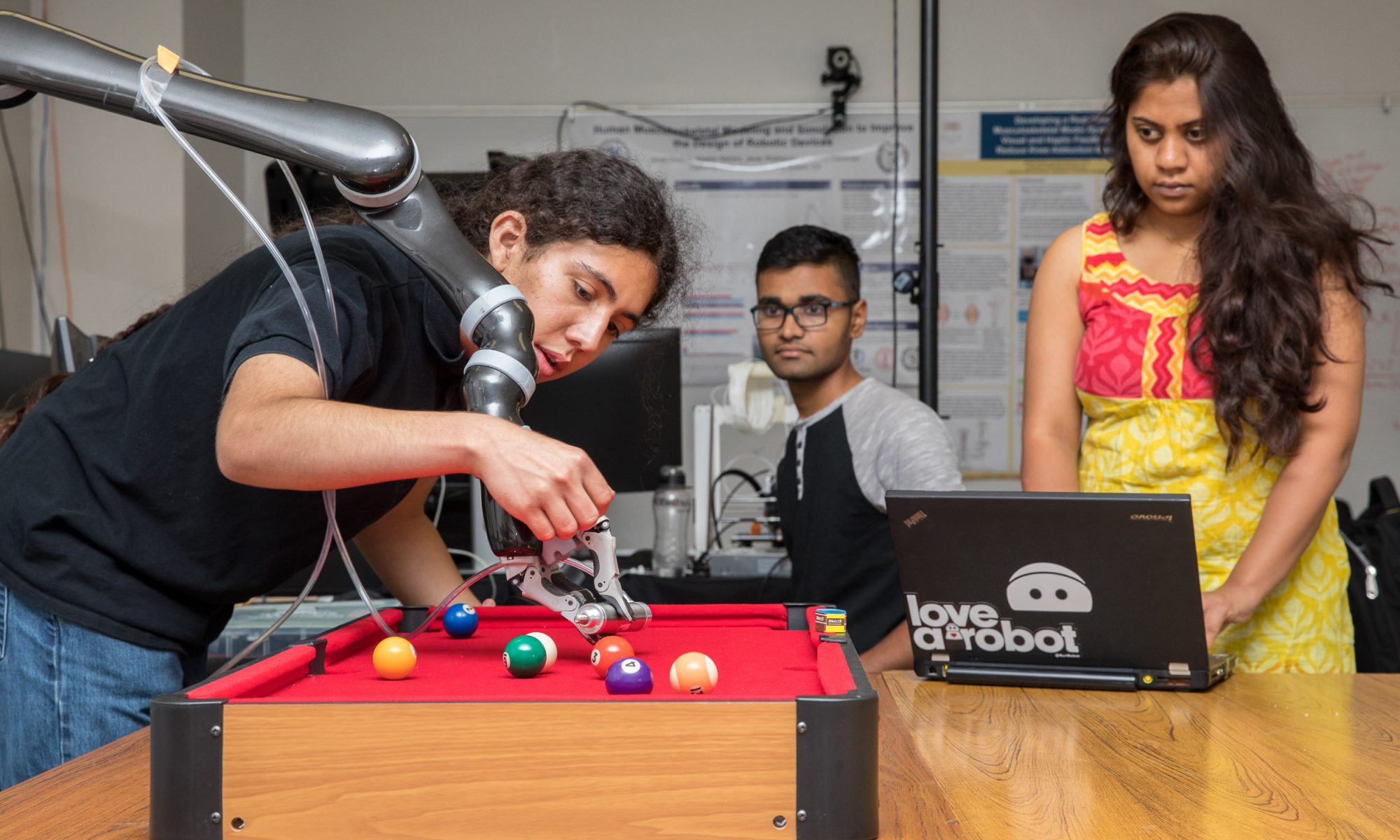
Senior capstone projects are supposed to measure students’ experience and knowledge—and in the case of Heinrich Gerhardt, there’s a lot to measure.
A Northrop Grumman engineering designer for more than a decade, Gerhardt headed back to school part-time in order to get a promotion at work. He’s been attending Cal State Long Beach for five years now, and is enrolled in Manufacturing Engineering Technology, a major that’s no longer offered.
“The joke in my household is, ‘Will I graduate first or retire first?’” said Gerhardt, who designs mechanical systems and wind tunnel test models in Northrop Grumman’s Test and Evaluation Engineering department.
He hopes to graduate with his undergraduate degree next semester, but the classes are already paying off at work. He was recently promoted to Engineer 4, Northrop Grumman’s second highest engineering rank.
Gerhardt’s knowledge of industrial design, fabrication, and manufacturing helped with his senior capstone project—an air conditioning system for small aircraft he dubbed PlaneKool. The project won first place this past April 16 at the Manufacturing Challenge Contest of the Small Manufacturers’ Institute, which was hosted by the National Tooling and Manufacturing Association Training Center in Santa Fe Springs.
Manufacturing Challenge is a contest between university students to design, manufacture, and demonstrate their projects and develop a plan for production. Competitors included student teams from 10 national universities and two from universities outside the United States. Several two-year colleges took part as well. Gerhardt said he plans to donate half of his $500 contest winnings to the college.

Mechanical and Aerospace Engineering Professor Parviz Yavari said he noticed right away that Gerhardt’s project had a good shot of winning a competition. Not only did Gerhardt design a product, but also fabricated it, producing a working prototype.
“He was experienced in fabrication. His knowledge was key to the success of the project,” said Yavari, faculty adviser on the project. “This is a huge success.”
Gerhardt attributed the competition win to his knowledge of designing mechanical systems, interest in modern automotive engineering, and understanding of manufacturing. “It was a contest to see who could come up with the best manufacturing scheme,” he said.
In the aerospace industry, companies create “iron bird” test rigs to test and validate aircraft systems on the ground before first flight of any new aircraft, which helps to ensure safety. Gerhardt used a similar approach, except that his iron bird was made from wooden 2×4’s and plywood.
Gerhardt says his system differs from competitors in the marketplace in that it is significantly lighter and more efficient through the use of modern automotive components, delivers superior cooling performance, and is easier to install. The system weighs only 23 pounds, less than half that of competitors, and will cost $1,000 less.
As part of his project, he also had to write a 20-page manufacturing plan. After taking first place in the contest, Gerhardt jokingly asked his adviser, “Does this win mean I get an A?”

